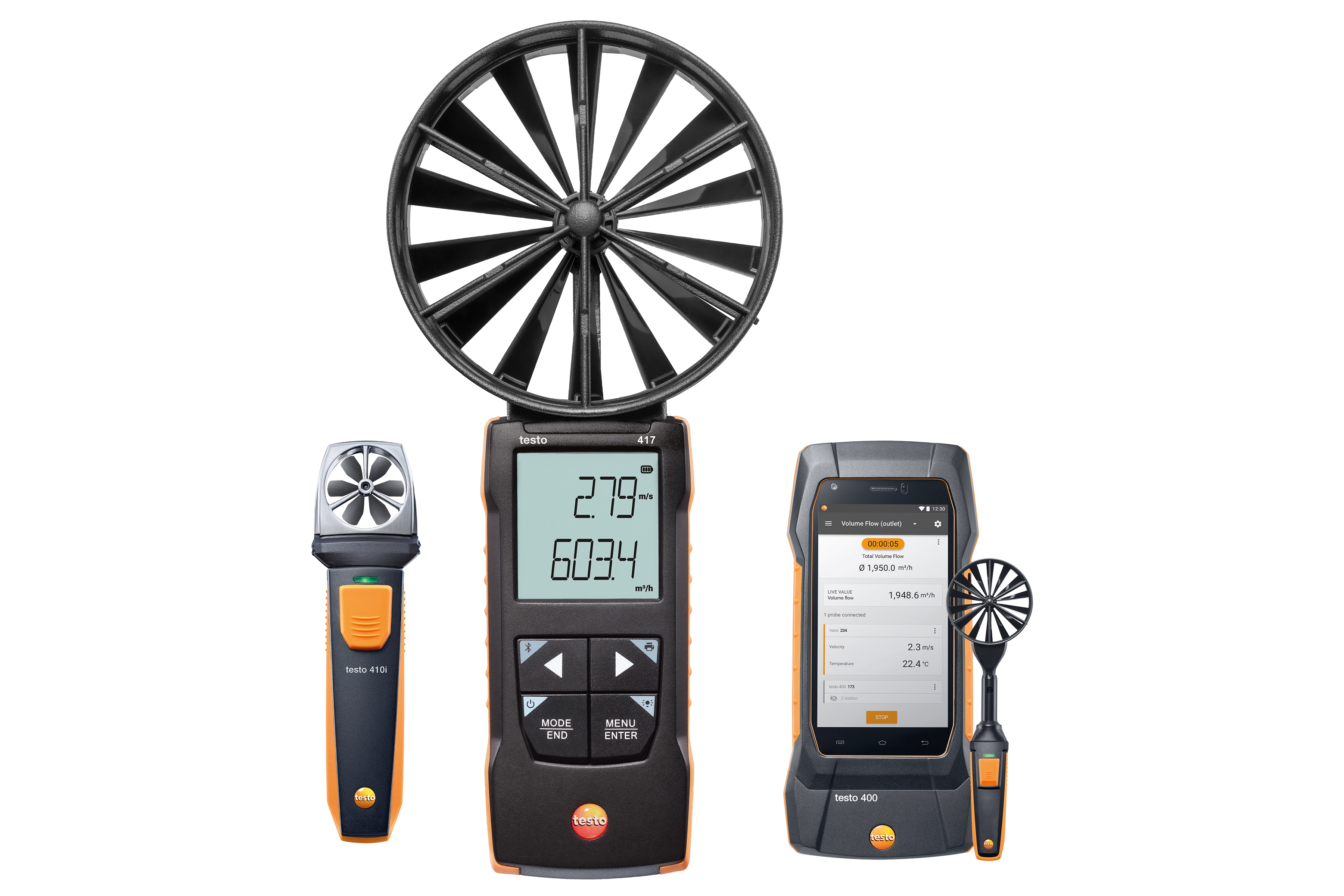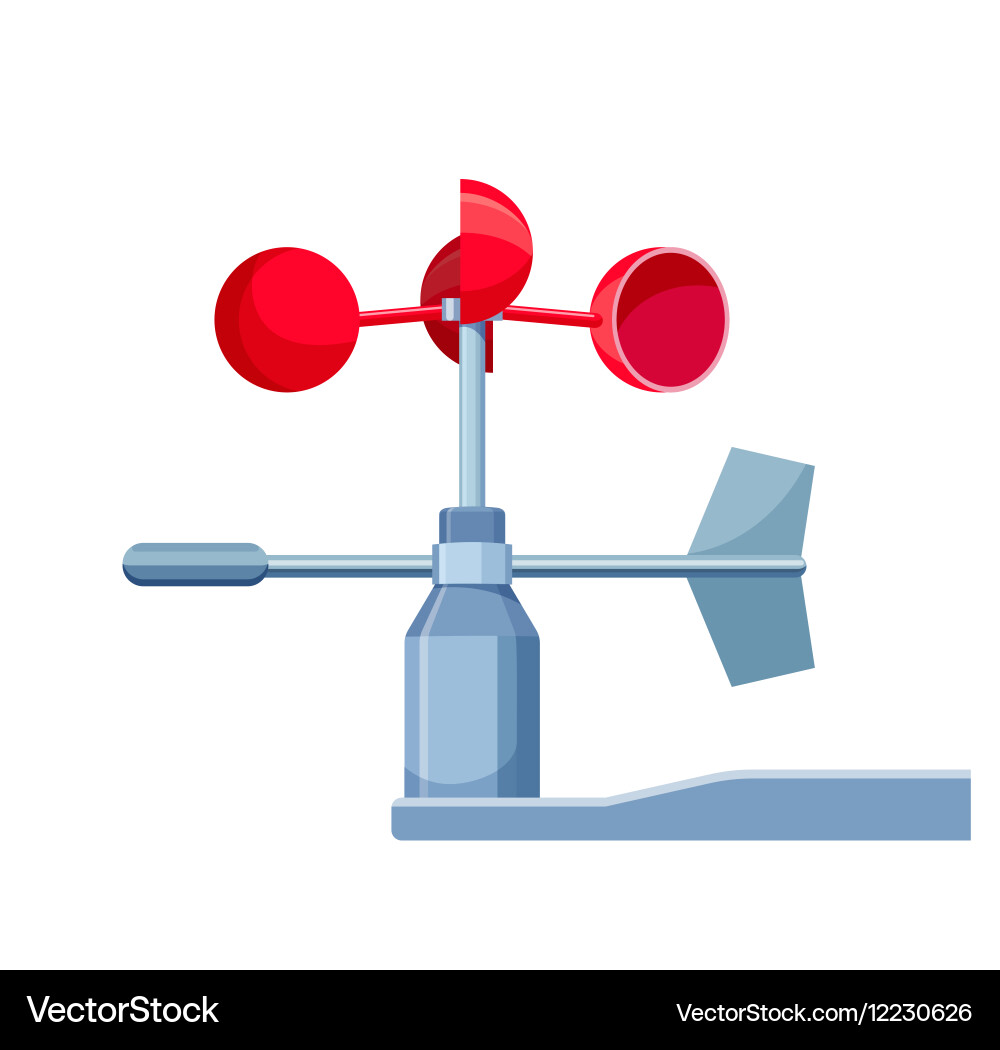Anemometer Innovations: The Current Modern Technology for Wind Rate Dimension
Anemometer Innovations: The Current Modern Technology for Wind Rate Dimension
Blog Article
Exploring the Functions and Benefits of Anemometers for Weather Enthusiasts and Professionals
Anemometers stand as important devices in the realm of weather condition tracking, dealing with both lovers and experienced specialists alike. These devices provide a window into the vibrant world of wind patterns and speeds, providing invaluable information for atmospheric analysis and projecting. From cup anemometers to sonic anemometers, each type brings its unique set of applications and advantages, clarifying different elements of atmospheric conditions. As we explore the functions and advantages of anemometers, a much deeper understanding emerges not just of prevailing climate phenomena yet additionally of the broader ramifications for sectors like wind energy production and environmental research.
Significance of Anemometers in Climate Tracking
Anemometers play a vital function in weather tracking by supplying precise dimensions of wind speed, aiding in projecting and understanding weather patterns. These tools, ranging from typical cup anemometers to contemporary ultrasonic anemometers, are important for meteorologists, scientists, and weather fanatics alike. By measuring wind rate, anemometers aid in determining the strength of climate sensations such as storms, cyclones, and twisters. Furthermore, they give beneficial data for aeronautics, maritime procedures, and various markets that are sensitive to wind problems.

Types of Anemometers and Their Applications
The most usual types of anemometers consist of cup anemometers, vane anemometers, hot-wire anemometers, and ultrasonic anemometers. Mug anemometers consist of 3 or four mugs installed on horizontal arms that turn with the wind, gauging its rate. Vane anemometers, on the other hand, utilize a freely revolving vane to align with the wind instructions, providing both wind rate and instructions measurements.
Each sort of anemometer has its unique benefits and applications. Mug anemometers are robust and ideal for basic weather condition surveillance, while vane anemometers are favored for directional dimensions. Hot-wire anemometers are sensitive to reduced air speeds, making them suitable for indoor atmospheres. Ultrasonic anemometers are non-intrusive and offer high precision, usually utilized in research and specialized climate monitoring applications. Comprehending the characteristics and applications of each type of anemometer is critical for selecting the most ideal instrument for particular climate keeping track of demands.
Advantages of Using Anemometers in Forecasting
In meteorology, the usage of anemometers provides indispensable benefits for improving the accuracy of weather projecting. Anemometers measure wind rate and instructions, supplying critical information for predicting weather patterns. By including wind information right into forecasting versions, meteorologists can better comprehend the movement of weather systems, anticipate adjustments in atmospheric problems, and problem much more accurate forecasts.
In addition, anemometers play an important role in assessing possible weather condition risks. Keeping track of wind speeds aids forecasters anticipate severe climate occasions such as typhoons, hurricanes, and wintertime storms with better accuracy. This very early warning system enables authorities to release timely signals and carry out necessary precaution, lowering the dangers to life and home.
Additionally, anemometers aid in optimizing renewable resource production. By analyzing wind patterns, meteorologists can determine ideal places for wind ranches and predict power output, adding to the efficient generation of wind power.

Anemometers in Wind Power Manufacturing
Given the vital duty anemometers play in providing accurate wind data for climate projecting and hazard evaluation, their relevance reaches the world of wind energy manufacturing. Anemometers are important instruments in the field of wind power, where the dimension of wind speed and instructions is essential for establishing the usefulness and efficiency of wind turbine installations. By precisely determining wind speeds at differing elevations, anemometers aid maximize the positioning and layout of wind generators to optimize energy outcome.
In wind farms, anemometers are tactically put to gather real-time wind data that is utilized to evaluate the prospective power special info production of a site. This data is important in figuring out the financial stability of wind power jobs and in projecting power generation you can look here to make certain grid security. Furthermore, anemometers aid in checking wind problems to maximize turbine performance, protect against damages from high winds, and make sure the security of personnel operating in the location of wind turbines.
Enhancing Weather Condition Comprehending With Anemometers

Anemometers play a key duty in enhancing our understanding of microclimates. These localized climate condition can differ significantly from broader local projections, making it necessary to have exact information for certain locations. anemometer. By tactically putting anemometers in various locations, scientists can collect comprehensive info on how wind behaves in various surfaces, metropolitan environments, or bodies of water
Moreover, anemometers add to boosting weather forecasting versions by supplying real-time data on wind behavior. This details is especially important for predicting serious weather occasions, enhancing agricultural techniques, and sustaining industries like aeronautics and maritime navigating. On the whole, anemometers are very useful tools that enable us to dive deeper right into the complexities of weather systems, inevitably resulting in more accurate forecasts and better-informed decisions.
Verdict
In verdict, anemometers play an important role in weather condition surveillance and forecasting by gauging wind speed and instructions. They are necessary tools utilized by weather lovers and professionals to gather precise data for forecasting weather condition patterns and analyzing prospective influences. Anemometers also have applications in wind power manufacturing, further highlighting their value in both meteorology and renewable resource markets. On the whole, anemometers add to boosting our understanding of climate phenomena and improving forecasting abilities. anemometer.
From mug anemometers to sonic anemometers, each kind brings its special collection of applications and benefits, shedding light on various aspects of atmospheric conditions. These instruments, ranging from standard mug anemometers to modern-day ultrasonic anemometers, are essential for meteorologists, researchers, and weather enthusiasts alike. The most typical types of anemometers consist of mug anemometers, vane anemometers, hot-wire anemometers, and ultrasonic anemometers. Mug anemometers are durable and ideal for basic weather condition surveillance, while vane anemometers are favored for directional dimensions. Anemometers are crucial tools in the area of wind power, where the dimension of wind rate and direction is click here for info important for figuring out the usefulness and performance of wind generator installments.
Report this page